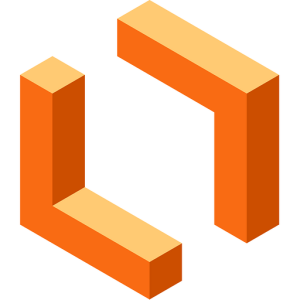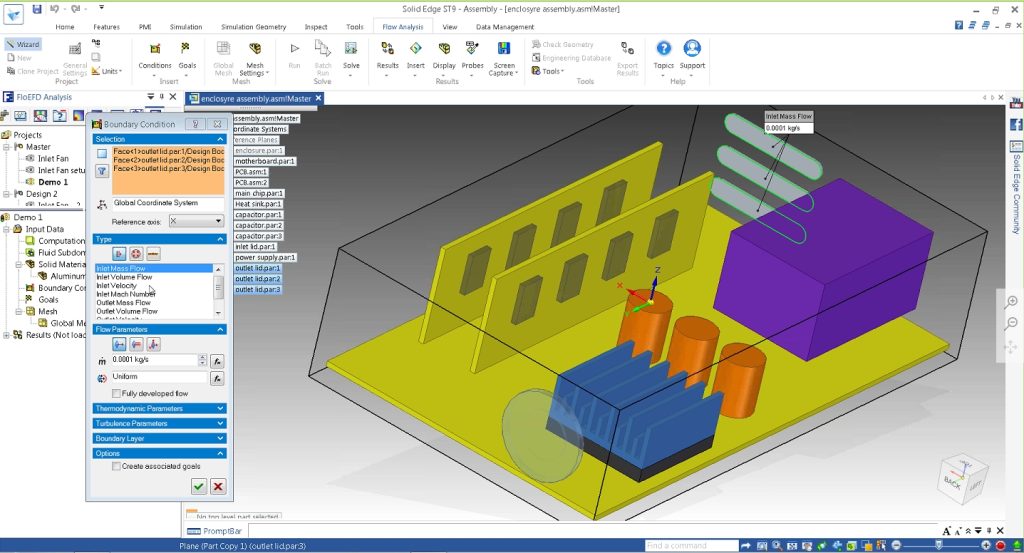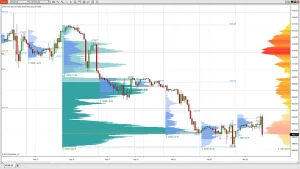Transforming Engineering and Business Workflows
In today’s competitive business and engineering environment, efficiency, clarity, and collaboration are no longer optional—they are essential. Whether you are managing a complex engineering project or optimizing business workflows, the ability to visualize, plan, and improve processes is key to success. This is where flow design software comes in. By creating clear diagrams and workflow maps, these tools help organizations reduce errors, improve efficiency, and foster collaboration across teams.
In this comprehensive guide, we explore everything from the applications of flow design software to the top tools on the market, along with best practices, real-world case studies, and step-by-step guidance to help you maximize your workflows.
What is Flow Design Software?
Flow design software is a digital tool that allows organizations to map, visualize, and optimize processes. At its core, it transforms complex workflows into intuitive diagrams that can be understood by everyone—from engineers to business executives.
Key benefits include:
Improved communication: Teams can visualize processes, making collaboration easier.
Error reduction: Clear diagrams help identify bottlenecks and inefficiencies.
Project tracking: Workflow diagrams integrate with project management tools to monitor progress.
Scalability: As processes grow or change, diagrams can be updated efficiently.
In essence, flow design software bridges the gap between conceptual planning and operational execution.
Applications of Flow Design in Engineering vs Business Workflows
Flow design software is versatile, supporting both technical engineering processes and business operations. Let’s explore each in detail.
Engineering Applications
Engineers use flow design software to model complex systems, predict outcomes, and document processes. Common applications include:
Manufacturing Process Mapping:
Engineers map each step in a production line, identify redundancies, and optimize efficiency.System Architecture Diagrams:
IT and software engineers create diagrams to document servers, networks, and data flows.Simulation of Complex Workflows:
Flow design tools allow modeling of potential scenarios, enabling engineers to test solutions before implementation.Quality Control:
Visualizing quality checkpoints ensures every product meets standards, reducing errors and waste.
Business Workflow Applications
Businesses leverage flow design to document, optimize, and automate workflows, leading to increased productivity and efficiency. Typical use cases include:
Sales and Marketing Workflows:
Map the customer journey from lead generation to conversion.HR Processes:
Streamline onboarding, training, and performance review processes.Finance and Accounting:
Map approval processes for budgets, expense reports, and payroll.IT Service Management (ITSM):
Track tickets, escalation paths, and incident resolution workflows.
By visualizing workflows, businesses reduce miscommunication, accelerate decision-making, and improve operational efficiency.
Top Flow Design Tools
Choosing the right flow design tool is critical to creating effective workflows. Here’s a breakdown of the most widely used software:
1. Microsoft Visio

Features: Extensive diagramming capabilities, templates for business and engineering workflows, advanced shapes and connectors.
Integrations: Microsoft 365, Teams, SharePoint.
Pros: Highly professional, widely recognized, robust template library.
Cons: Can be expensive, steeper learning curve for beginners.
2. Lucidchart

Features: Cloud-based, real-time collaboration, pre-built templates.
Integrations: Google Workspace, Slack, Atlassian, Jira.
Pros: Excellent for distributed teams, intuitive interface.
Cons: Some advanced features require paid subscriptions.
3. SmartDraw

Features: Automatic formatting, intelligent templates, ability to create professional diagrams quickly.
Integrations: Microsoft Office, Google Workspace, Atlassian.
Pros: Fast diagram creation, supports large-scale projects.
Cons: Cloud collaboration is not as advanced as Lucidchart.
| Tool | Platform | Best For | Key Feature |
|---|---|---|---|
| Visio | Desktop/Web | Enterprise/Professional | Advanced diagramming & templates |
| Lucidchart | Web/Cloud | Remote teams/Collaboration | Real-time editing & integrations |
| SmartDraw | Desktop/Web | Large organizations | Auto-formatting & templates |
How to Build Efficient Flow Diagrams
Creating effective flow diagrams requires planning, structure, and clarity. Here’s a step-by-step approach:
Define the Process Scope
Identify which workflow or system needs visualization. Avoid trying to map multiple processes at once.Identify Key Steps and Decision Points
Break down the workflow into tasks, responsibilities, and decisions.Use Standard Symbols
Rectangles: tasks
Diamonds: decisions
Ovals: start/end
Arrows: process flow
Sequence Logically
Arrange steps chronologically to reflect real-world operations.Simplify and Optimize
Avoid clutter. Focus on clarity, not complexity.Validate with Stakeholders
Share drafts with team members to ensure accuracy and completeness.Maintain and Update Regularly
Workflows evolve—keep diagrams updated to reflect changes.
Tip: Avoid overcomplicating diagrams; a simple and clean flow is often the most actionable.
Collaborative Features in Cloud-Based Tools
Cloud-based flow design software like Lucidchart enables real-time collaboration, which is critical for modern, distributed teams.
Key collaborative features include:
Real-time co-editing: Multiple team members can edit a diagram simultaneously.
Commenting and annotations: Provide feedback directly on the workflow.
Version control: Track changes and revert to previous versions if needed.
Role-based access: Control who can view or edit diagrams.
These features ensure team alignment, reduce miscommunication, and maintain a single source of truth for all workflow documentation.
Integrating Flow Design with Project Management
Flow diagrams become even more powerful when integrated with project management tools. This integration allows teams to:
Visualize dependencies and timelines
Assign tasks directly from diagrams
Monitor workflow progress in real-time
Detect bottlenecks early
For example:
Link Lucidchart diagrams to Asana to automatically track workflow progress.
Integrate Visio with Microsoft Teams to assign tasks and schedule approvals.
Use SmartDraw with Trello to visualize project boards alongside workflows.
Integration bridges the gap between planning and execution, enabling measurable improvements in efficiency.
Case Study: Redesigning IT Workflows with Flow Software
Client: Mid-sized IT services company
Challenges:
Teams working in silos
Delays due to duplicated tasks
Lack of standardized documentation
Solution:
Implemented Lucidchart for process visualization
Mapped workflows from incident reporting to resolution
Integrated diagrams with Jira for task management
Results:
35% reduction in average incident resolution time
Improved inter-team collaboration
Standardized processes scalable across departments
This example demonstrates how flow design software transforms complex workflows into efficient, measurable processes.
Best Practices for Flow Design in Enterprises
To maximize ROI from flow design software, enterprises should adopt the following best practices:
Involve Stakeholders
Include representatives from all departments for accuracy.Standardize Symbols and Terminology
Maintain consistency to avoid confusion.Design for Scalability
Ensure workflows can grow as the organization evolves.Integrate with Other Tools
Link diagrams to project management, CRM, or ERP systems.Review and Update Regularly
Processes change—ensure diagrams reflect reality.Train Teams
Provide training to ensure effective use of the software and adherence to standards.
By following these practices, enterprises can maximize efficiency, collaboration, and clarity.
Choosing the Right Flow Design Software for Your Business
When selecting a flow design tool, consider:
Collaboration requirements: Is your team remote or co-located?
Integration needs: Does it connect with project management or ERP systems?
Ease of use: Will your team adopt it quickly?
Scalability: Can the tool grow with your business?
A thoughtful choice ensures your flow design software becomes an essential part of your operational toolkit, rather than a supplementary tool.
Boost Your Efficiency with Avesta Consulting
At Avesta Consulting, we help organizations optimize workflows using flow design software. From engineering teams to business operations, we provide tailored solutions to streamline processes, reduce errors, and improve collaboration.
Take action today:
Schedule a consultation to assess your workflow needs
Explore customized flow design solutions for your organization
Empower your teams to work smarter, faster, and more efficiently
Contact Avesta Consulting Today to transform your workflows into efficient, scalable systems.




